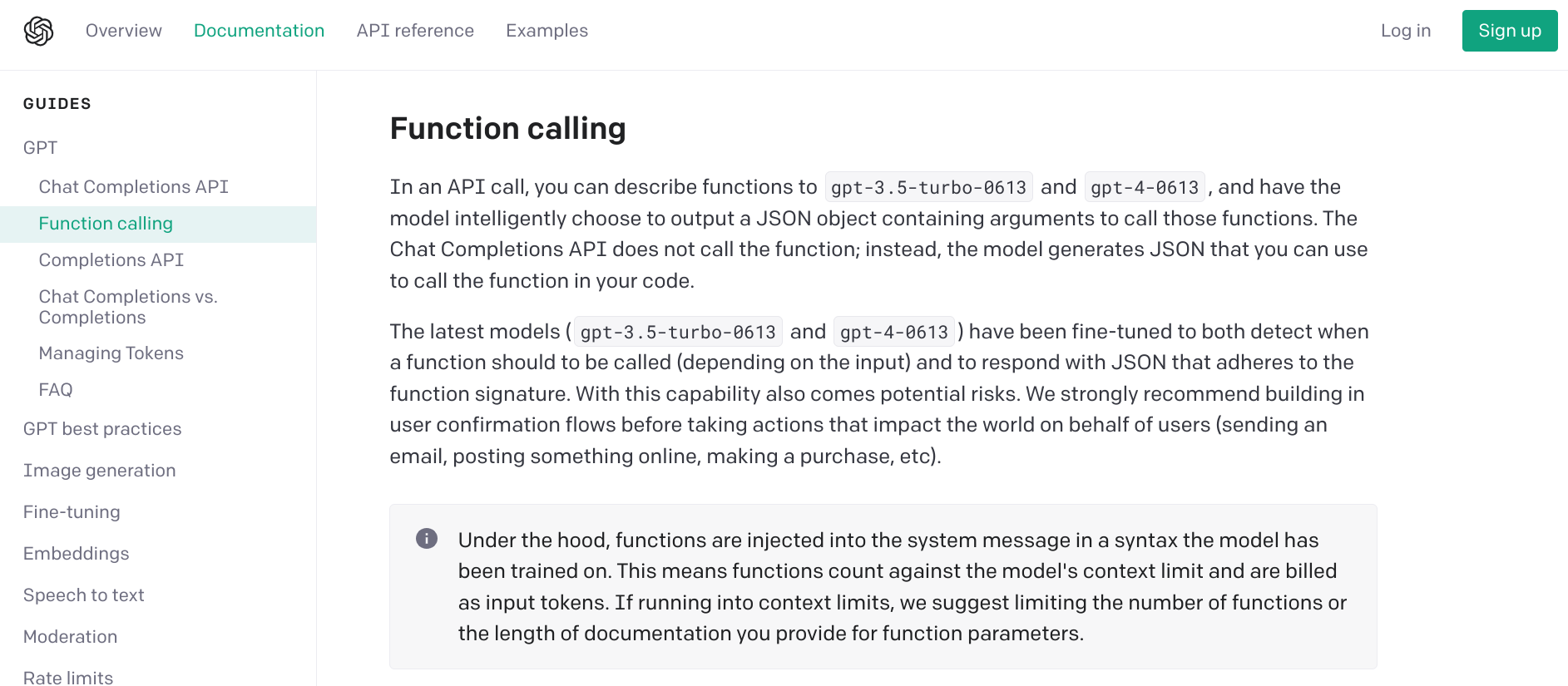Hello everyone, how have you been? There are only two months left in this year. It has truly been a year of incredible AI advancements, and it doesn't seem to be slowing down. Recently, Google DeepMind announced a new prompt-engineering method called "Step-Back Prompting (1)." Let's dive into the details right away.
Step-Back Prompting:
Coming from DeepMind, one might initially think it's a complicated method, but the concept turned out to be quite simple. Instead of directly answering the question input by the user, the process involves:
Creating a more generalized and essential question (Stepback Question)
Answering the generated question (Stepback Answer)
Producing the final answer to the user based on the original question and the generated response (Final Answer)
The paper abstract has the following note which could give insights on the Stepback Answer:
"The purpose of abstraction is not to be vague, but to create a new semantic level in which one can be absolutely precise. — Edsger W. Dijkstra"
2. Automatic Generation of "Stepback Question":
The key to this method seems to be the effective creation of the Stepback Question. However, constantly coming up with the Stepback Question could be challenging. While searching for an easier way, an excellent automatic generation method was introduced in LangChain's cookbook (2), which seems to apply Few shot learning.
By presenting these two examples to the model first, when a new user question like "Was ChatGPT around when Trump was president?" is posed,
As shown, a more general question, "When was ChatGPT developed?" is generated. Using this to guide the final answer results in higher accuracy. Although not always 100% correct based on my own trials, the accuracy does seem notably higher. According to the paper, it even achieves accuracy surpassing GPT-4 in some instances.
3. Anticipation for Future Developments:
Since "Step-Back Prompting" has a simple structure, it seems versatile for various applications. It can also be combined with existing techniques like CoT. Looking forward to its future growth, it seems highly compatible with LangChain and easy to implement, which will likely lead to an increase in use cases.
So, what do you think? I will continue to experiment and if there are any significant findings, I'll share them here. Stay tuned!
1) “TAKE A STEP BACK: EVOKING REASONING VIA ABSTRACTION IN LARGE LANGUAGE MODELS" Huaixiu Steven Zheng∗ Swaroop Mishra∗ Xinyun Chen Heng-Tze Cheng Ed H. Chi Quoc V Le Denny Zhou Google DeepMind” Shunyu Yao, Dian Yu, Jeffrey Zhao, Izhak Shafran, Thomas L. Griffiths, Yuan Cao, Karthik Narasimhan, Google DeepMind, 9 Oct 2023, https://arxiv.org/abs/2310.06117
2) langchain/cookbook/stepback-qa.ipynb https://github.com/langchain-ai/langchain/blob/master/cookbook/stepback-qa.ipynb
Copyright © 2023 Toshifumi Kuga. All right reserved
Notice: ToshiStats Co., Ltd. and I do not accept any responsibility or liability for loss or damage occasioned to any person or property through using materials, instructions, methods, algorithms or ideas contained herein, or acting or refraining from acting as a result of such use. ToshiStats Co., Ltd. and I expressly disclaim all implied warranties, including merchantability or fitness for any particular purpose. There will be no duty on ToshiStats Co., Ltd. and me to correct any errors or defects in the codes and the software.






























